Verteporfin
Synonym(s):(4R,4aS)-rel-18-ethenyl-4,4a-dihydro-3,4-bis(methoxycarbonyl)-4a,8,14,19-tetramethyl-24H,26H-Benzo[b]porphine-9,13-dipropanoic acid monomethyl ester;trans-18-ethenyl-4,4a-dihydro-3,4-bis(methoxycarbonyl)-4a,8,14,19-tetramethyl-23H,25H-Benzo[b]porphine-9,13-dipropanoic acid monomethyl ester;Visudyne
- CAS NO.:129497-78-5
- Empirical Formula: 2C41H42N4O8
- Molecular Weight: 1437.61
- MDL number: MFCD11982858
- SAFETY DATA SHEET (SDS)
- Update Date: 2025-12-28 08:51:53

What is Verteporfin?
Toxicity
Overdose of drug and/or light in the treated eye may result in nonperfusion of normal retinal vessels with the possibility of severe decrease in vision that could be permanent. An overdose of drug will also result in the prolongation of the period during which the patient remains photosensitive to bright light.
Description
Verteporfin was introduced in Switzerland as a second-generation photosensitizer for photodynamic therapy of wet age-related macular degeneration in patients with subfoveal choroidal neovascularisation. It is constituted of a mixture of two regioisomers resulting from nonselective monohydrolysis of the methyl tetraester. Upon irradiation with a lowenergy nonheat-generating laser light of 689nm wavelength, both regioisomeric benzoporphyrins are responsible for the local generation of singlet oxygen leading to free radical damage of neovascular endothelial cells in subfoveal lesions of patients with agerelated macular degeneration. The lipophilic drug is injected i.v. as a liposomal formulation in order to favor its uptake by plasma lipoproteins and distribution to cells with a high expression of low density lipoprotein receptors such as tumor and neovascular endothelial cells. Verteporfin is also being developed for the treatment of other eye diseases, nonmelanoma skin cancer and psoriasis.
Description
Verteporfin is a photosensitizer used during photodynamic therapy to eliminate abnormal blood vessels in the eye that are associated with conditions such as macular degeneration. It accumulates in these abnormal blood vessels and, when activated by nonthermal red light with a wavelength of 693 nm in the presence of oxygen, produces a highly reactive short-lived singlet oxygen and other reactive oxygen radicals, generating local damage to the endothelium and vessel occlusion. Verteporfin can also inhibit autophagosome formation by directly targeting and modifying p62, a scaffold and adaptor protein that binds both polyubiquitinated proteins destined for degradation and LC3 on autophagosomal membranes.
Originator
QLT Inc. (Canada)
The Uses of Verteporfin
Verteporfin is a photosensitizer that is used in photodynamic therapy (PDT). Verteporfin can accumulate in tumor tissues allowing for 30 to 150 minutes optimal PDT after intravenous administration.
The Uses of Verteporfin
Treatment of age-related macular degeneration
Background
Verteporfin, marketed as Visudyne, is a benzoporphyrin derivative. It is used as a photosensitizer in photodynamic therapy to eliminate abnormal blood vessels in wet form macular degeneration. Verteporfin accumulates in these abnormal blood vessels and, when stimulated by nonthermal red light with a wavelength of 693 nm in the presence of oxygen, produces highly reactive short-lived singlet oxygen and other reactive oxygen radicals, resulting in local damage to the endothelium and blockage of the vessels.
Indications
For the treatment of patients with predominantly classic subfoveal choroidal neovascularization due to age-related macular degeneration, pathologic myopia or presumed ocular histoplasmosis syndrome. Verteporfin can also be used to destroy tumors.
brand name
Visudyne (QLT).
Biochem/physiol Actions
Verteporfin is a photosensitizer for photodynamic therapy to eliminate the abnormal blood vessels in the eye associated with conditions such as macular degeneration. Verteporfin accumulates in abnormal blood vessels and, when stimulated by nonthermal red light with a wavelength of 693 nm in the presence of oxygen, produces highly reactive short-lived singlet oxygen and other reactive oxygen radicals, resulting in local damage to the endothelium and blockage of the vessels. Verteporfin localizes predominantly in mitochondria.
Pharmacokinetics
Verteporfin, otherwise known as benzoporphyrin derivative, is a medication used in conjunction with laser treatment to eliminate the abnormal blood vessels in the eye associated with conditions such as the wet form of macular degeneration. Verteporfin accumulates in these abnormal blood vessels and, when stimulated by nonthermal red light with a wavelength of 693 nm in the presence of oxygen, produces highly reactive short-lived singlet oxygen and other reactive oxygen radicals, resulting in local damage to the endothelium and blockage of the vessels.
Metabolism
Metabolized to a small extent to its diacid metabolite by liver and plasma esterases. NADPH-dependent liver enzyme systems (including the cytochrome P450 isozymes) do not appear to play a role in the metabolism of verteporfin.
Storage
Store at -20°C
References
References/Citations:
Properties of Verteporfin
| storage temp. | -20°C |
| solubility | DMSO: soluble2mg/mL, clear (warmed) |
| form | powder |
| color | Black |
| Stability: | Stable for 2 years from date of purchsae as supplied. Solutions in DMSO may be stored at -20°C for up to 3 months. |
Safety information for Verteporfin
| Signal word | Warning |
| Pictogram(s) |
 Exclamation Mark Irritant GHS07 |
| GHS Hazard Statements |
H315:Skin corrosion/irritation H319:Serious eye damage/eye irritation H335:Specific target organ toxicity, single exposure;Respiratory tract irritation |
| Precautionary Statement Codes |
P280:Wear protective gloves/protective clothing/eye protection/face protection. P305+P351+P338:IF IN EYES: Rinse cautiously with water for several minutes. Remove contact lenses, if present and easy to do. Continuerinsing. |
Computed Descriptors for Verteporfin
| InChIKey | YHNBVDZVUQFVLS-RDSGBMLISA-N |
Verteporfin manufacturer
New Products
4,4-Difluoropiperidine hydrochloride tert-butyl 9-methoxy-3-azaspiro[5.5]undecane-3-carboxylate Indole Methyl Resin N-Isopropylurea N,N-Dicyclohexylcarbodiimide(DCC) MELDRUMS ACID 5-METHYLISOXAZOLE-4-CARBOXYLIC ACID Magnessium Bis glycinate Zinc ascorbate 1-bromo-2-butyne 2-acetamidophenol 9(10H)-anthracenone Erythrosin B, 4-Piperidinopiperidine 2-((4-morpholinophenylamino) (methylthio) methylene) malononitrile 2,4-dihydroxybenzaldehyde 3-(4-morpholinophenylamino)-5-amino-1H-pyrazole-4-carbonitrile Methyl 2-methylquinoline-6-carboxylate 2,6-dichloro-4-nitropyridine 4-Bromo-2-chlorobenzonitrile 2-(benzylamino)acetic acid hydrochloride 4-(tert-Butoxycarbonylamino)but- 2-ynoic acid 3,4-dihydro-2H-benzo[b][1,4]dioxepine 1-Phenyl-1-cycloprppanecarboxylicacidRelated products of tetrahydrofuran
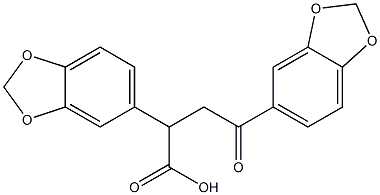

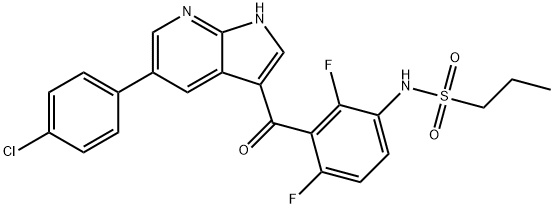
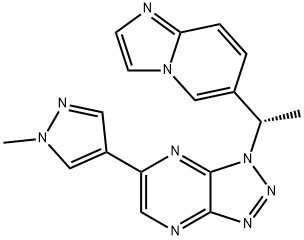
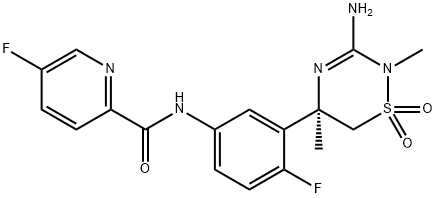



You may like
-
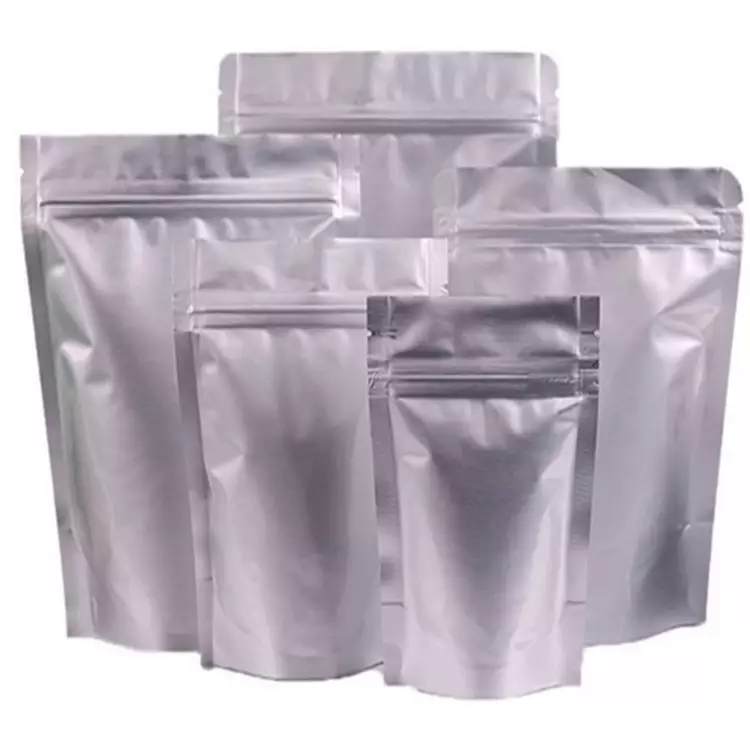 129497-78-5 Verteporfin 98%View Details
129497-78-5 Verteporfin 98%View Details
129497-78-5 -
 Verteporfin CAS 129497-78-5View Details
Verteporfin CAS 129497-78-5View Details
129497-78-5 -
 Verteporfin CAS 129497-78-5View Details
Verteporfin CAS 129497-78-5View Details
129497-78-5 -
 3-(4-amino-1-oxoisoindolin-2-yl)-1-methylpiperidine-2,6-dione 98%View Details
3-(4-amino-1-oxoisoindolin-2-yl)-1-methylpiperidine-2,6-dione 98%View Details -
 20677-73-0 (2,2-diethoxyethyl)methylamine 98%View Details
20677-73-0 (2,2-diethoxyethyl)methylamine 98%View Details
20677-73-0 -
 3-(4-(hydroxyamino)-1-oxoisoindolin-2-yl)piperidine-2,6-dione 98%View Details
3-(4-(hydroxyamino)-1-oxoisoindolin-2-yl)piperidine-2,6-dione 98%View Details -
 57381-49-4 2-bromo-4-chlorobenzonitrile 98%View Details
57381-49-4 2-bromo-4-chlorobenzonitrile 98%View Details
57381-49-4 -
 4,6-dichloropyrimidine-5-carbaldehyde 98%View Details
4,6-dichloropyrimidine-5-carbaldehyde 98%View Details
5305-40-8
